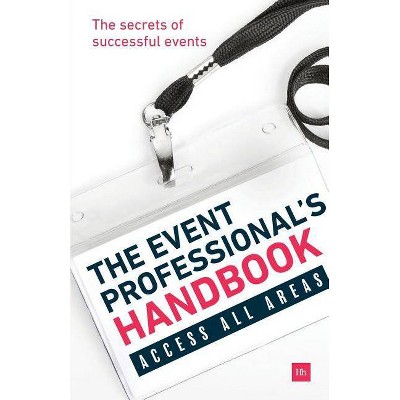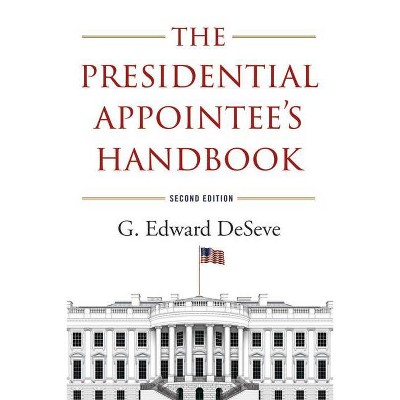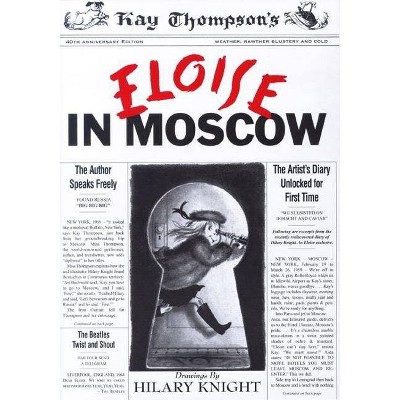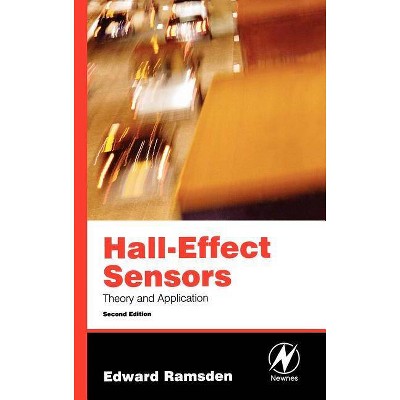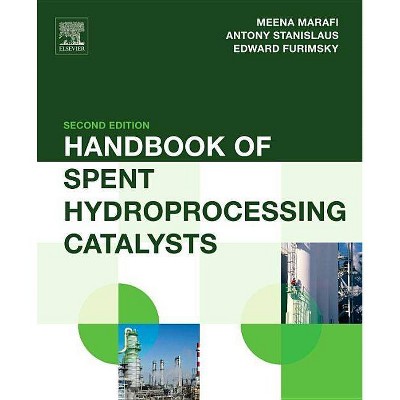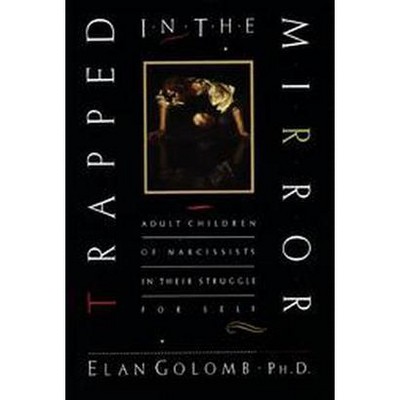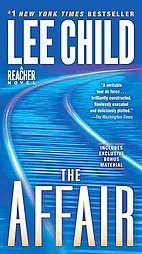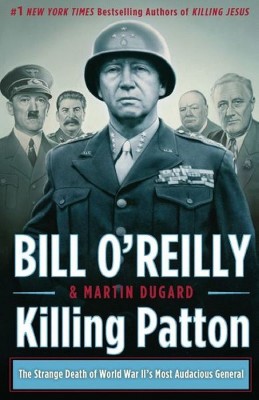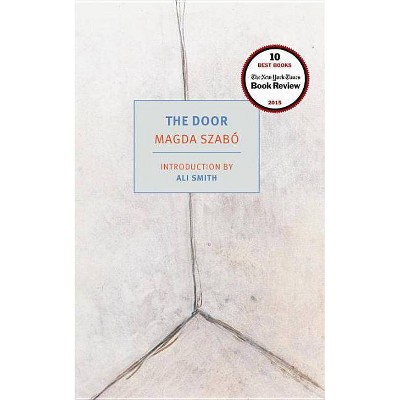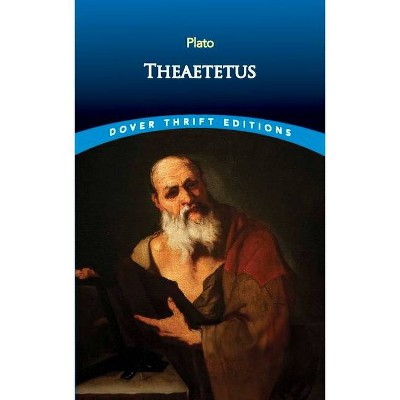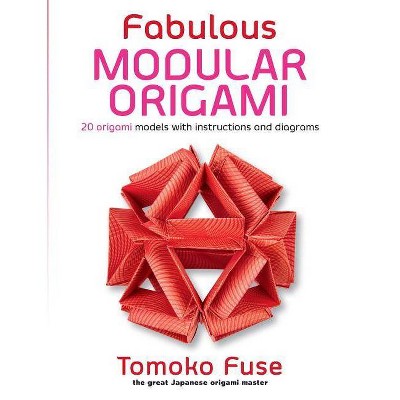Fitness Professional's Handbook - 7th Edition by Edward T Howley & Dixie L Thompson (Hardcover)
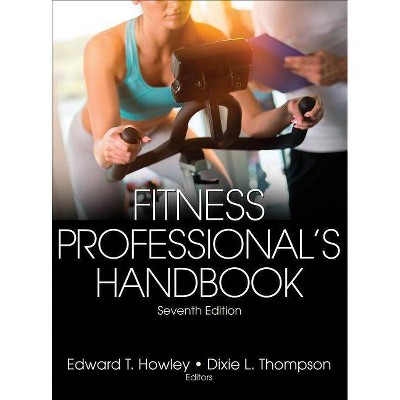
Similar Products
Products of same category from the store
AllProduct info
<p/><br></br><p><b> About the Book </b></p></br></br><p><i>Fitness Professional's Handbook, Seventh Edition With Web Resource</i>, provides current and future fitness professionals with the knowledge to screen participants, conduct standardized fitness tests, evaluate the major components of fitness, and prescribe appropriate exercise. </p><p/><br></br><p><b> Book Synopsis </b></p></br></br><p><i>Fitness Professional's Handbook, Seventh Edition With Web Resource</i>, provides current and future fitness professionals with the knowledge to screen participants, conduct standardized fitness tests, evaluate the major components of fitness, and prescribe appropriate exercise. The fully updated text uses the latest standards, guidelines, and research from authorities in the field to prepare readers for certification and arm them with the knowledge to work with a variety of clients and populations. </p><p> This full-color text incorporates information from the 10th edition of ACSM's <i>Guidelines for Exercise Testing and Prescription</i> and the <i>Physical Activity Guidelines for Americans</i> exercise and physical activity recommendations for adults, older adults, children, and those with special needs. The text embraces the importance of communication between allied health and medical professionals with those in the fitness arena to provide readers with a foundation for prescribing exercise and delivering need- and goal-specific physical activity and fitness programs. </p><p> Every chapter has been updated, allowing readers to explore the newest theories and research findings and apply them to real-world situations. The following are among the most significant changes to the seventh edition: </p><p> - An online video library containing 24 video clips help readers better apply key techniques covered in the book </p><p> - A web resource containing biannual industry updates and references and fillable forms provides a useful tool for students to use beyond the classroom </p><p> - A new chapter, "Training for Performance," helps professionals expand their practice to work with recreational athletes who have performance-related goals </p><p> - New information, including the consequences of exercise-induced muscle damage (rhabdomyolysis), devices used to track physical activity and estimate energy expenditure (e.g., accelerometers), relative flexibility and the role of lumbopelvic rhythm in back function, the importance of progression in an exercise prescription, and the professional standard of care associated with HIIT programs reflects recent topics of interest and research </p><p> - Updated statistics on CVD and CHD from the American Heart Association, adult and childhood obesity, and the prevalence of COPD, asthma, bronchitis, and emphysema ensure accurate representation of data </p><p> - Chapter quizzes have been added to an updated ancillary package that also includes an instructor guide, test package, presentation package, and image bank </p><p><i>Fitness Professional's Handbook, Seventh Edition With Web Resource</i>, contains a variety of learning tools to help students identify and retain key information. Objectives, key points, glossary terms, and chapter review questions guide students to important concepts, while research insight boxes and procedures for common fitness tests draw attention to commonly sought information. Case study questions and answers help readers apply the concepts to real-world scenarios. References are numbered and organized by chapter at the end of the book to provide direction for more in-depth research. </p><p> With a comprehensive and practical approach, this text enables readers to help individuals, communities, and groups gain the benefits of regular physical activityy in a positive and safe environment. It provides background to the field, scientific fundamentals, and up-to-date recommendations to help readers better understand the role of physical activity in the quality of life and guidelines for screening, testing, supervising, and modifying activity for various populations. </p><p/><br></br><p><b> About the Author </b></p></br></br><p><b>Edward T. Howley, PhD, FACSM, FNAK, </b>earned his bachelor's degree from Manhattan College and his master's and doctorate degrees from the University of Wisconsin at Madison. He then completed a one-year postdoctoral appointment at Penn State University and was hired in 1970 as a faculty member at the University of Tennessee at Knoxville. Howley taught a variety of courses, including an undergraduate course in fitness testing and prescription and undergraduate and graduate courses in exercise physiology. He retired in 2007 and holds the rank of professor emeritus. </p><p> In addition to the previous editions of this book, Dr. Howley has authored three books, four book chapters, and more than 60 research articles dealing with exercise physiology, fitness testing, and prescription. He is a fellow in the National Academy of Kinesiology and served as chair of the Science Board of the President's Council on Physical Fitness and Sports in 2006-2007. In 2007-08 he served on the Physical Activity Guidelines Advisory Committee that evaluated the science related to physical activity and health and generated a report for use by the U.S. Department of Health and Human Services to write the<i> 2008 Physical Activity Guidelines for Americans</i>. </p><p> Most of Dr. Howley's volunteer efforts have been with the American College of Sports Medicine (ACSM). He was involved in the development of certification programs and served as president in 2002-03. He served as editor in chief of <i>ACSM's Health & Fitness Journal</i> for seven years and as chair of the program planning committee for the annual ACSM Health and Fitness Summit meeting. In 2007, Howley was recognized for his professional contributions with the ACSM Citation Award. In his leisure time, he likes to golf, ride his bike, travel, and play with his grandchildren. </p><p><b>Dixie L. Thompson, PhD, FACSM, FNAK</b>, is vice provost and dean of the graduate school at the University of Tennessee at Knoxville and is a professor in the department of kinesiology, recreation, and sports studies. She graduated from the 2008 class of the Higher Education Resource Services (HERS) Bryn Mawr Summer Institute, held at Bryn Mawr College. The Summer Institute is a professional development program dedicated to the advancement of female leaders in administration of higher education. She also participated in the 2009-2010 Academic Leadership Development Program sponsored by the Southeastern Conference Academic Consortium. </p><p> Dr. Thompson focuses her research on the health benefits of exercise for women and techniques used for body composition assessment. She is the author of over 70 peer-reviewed publications and numerous articles for fitness professionals and general audiences. She is a former associate editor in chief for <i>ACSM's Health & Fitness Journal </i>and former editor in chief for<i> ACSM's Fit Society Page Newsletter</i>. </p><p> Dr. Thompson is a fellow of the American College of Sports Medicine (ACSM) and a member of the ACSM Board of Trustees. She is a fellow of the National Academy of Kinesiology. She is a past president of the Southeast Chapter of ACSM and former chair of the Physical Fitness Council for the American Alliance for Health, Physical Education, Recreation and Dance. </p><p> Dr. Thompson received her BA in physical education and MA in exercise physiology from the University of North Carolina at Chapel Hill. She eaarned her PhD from the University of Virginia. </p>
Price History
Cheapest price in the interval: 79.99 on May 23, 2021
Most expensive price in the interval: 99.99 on December 20, 2021
Price Archive shows prices from various stores, lets you see history and find the cheapest. There is no actual sale on the website. For all support, inquiry and suggestion messagescommunication@pricearchive.us
